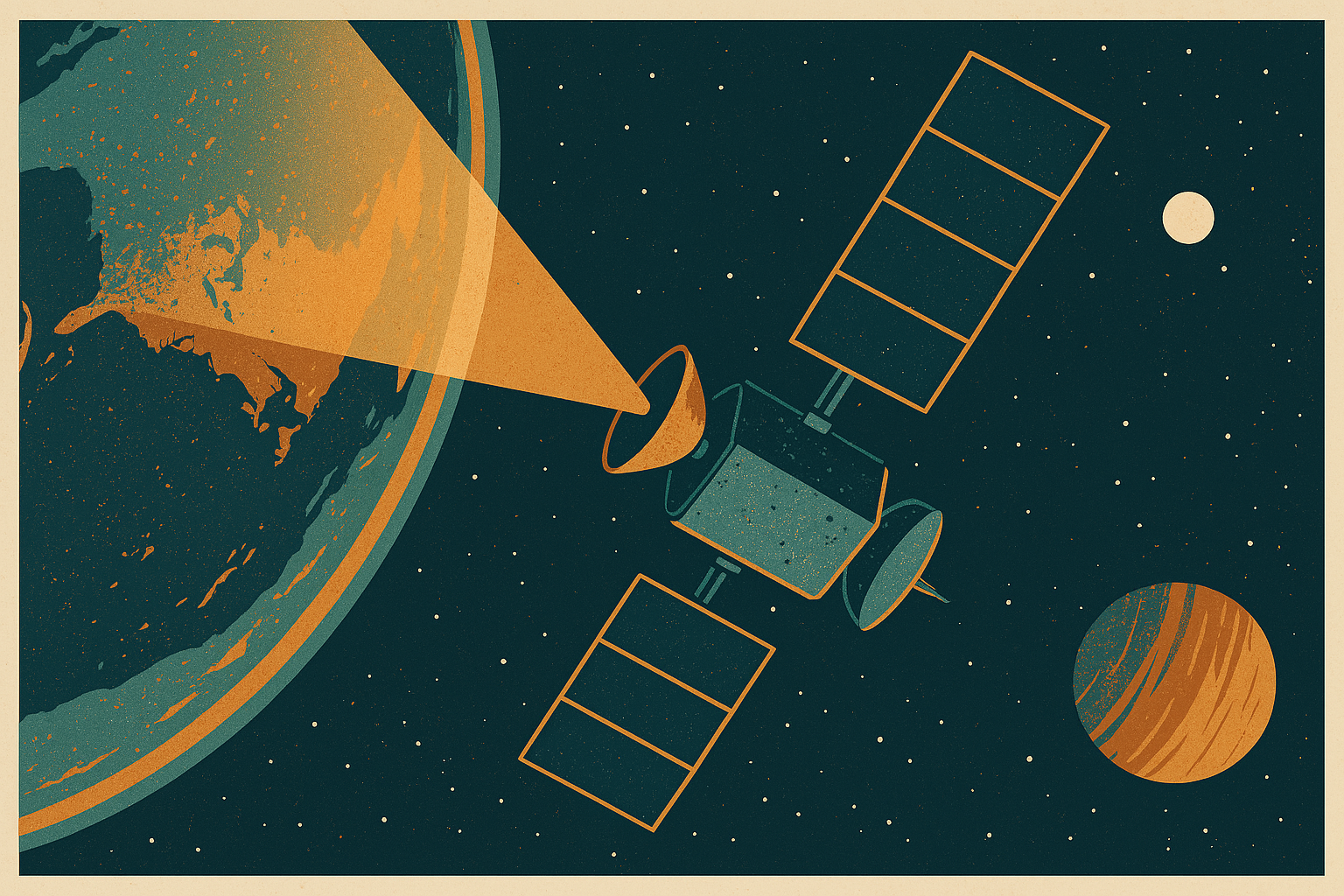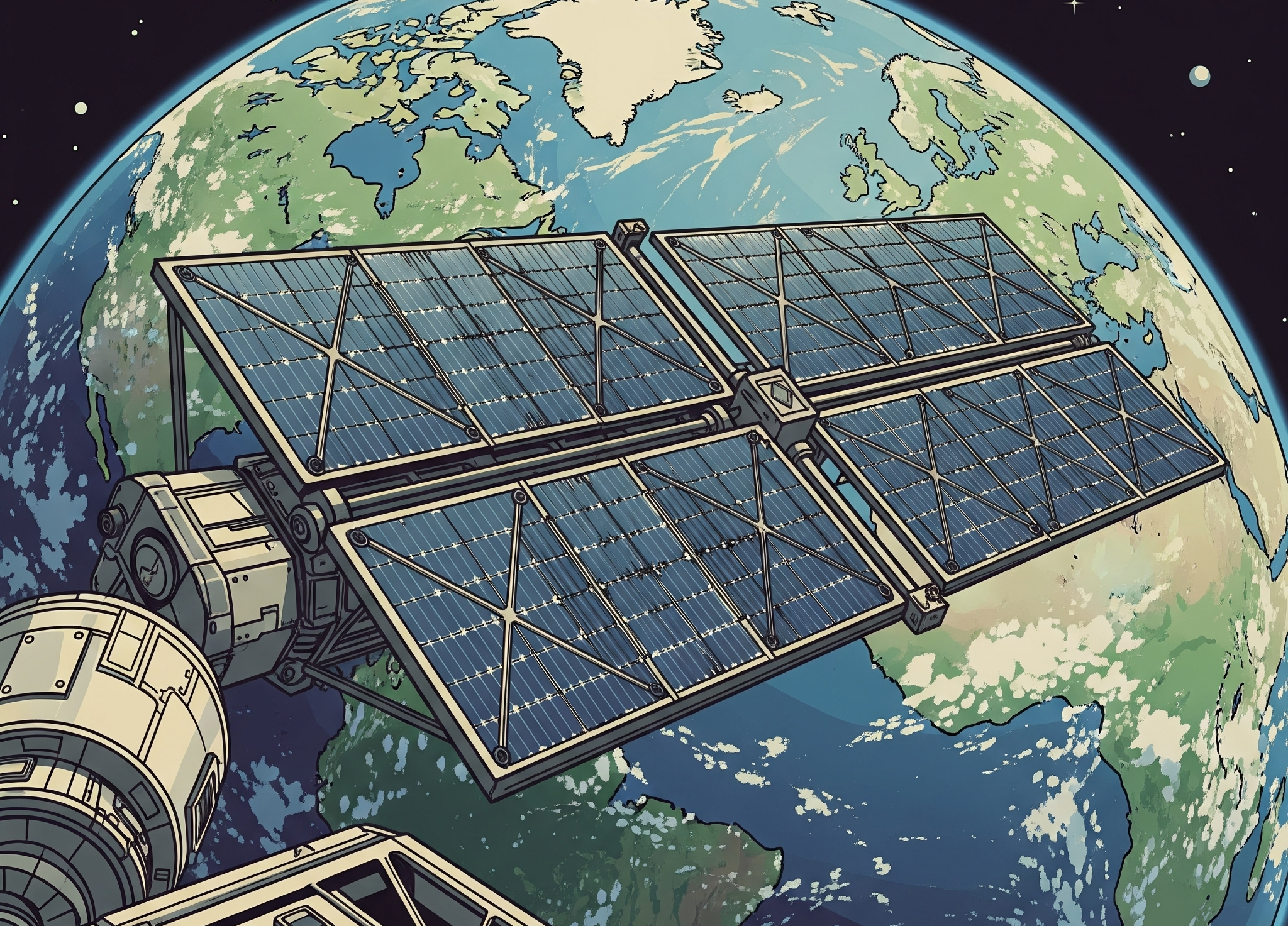
Edge Processing in Space
INSIDE INNOVATION EDGE PROCESSING IN SPACE Edge processing in space 22nd October 2025 Jump to: Space Edge Processing with Infinity Avionics BRAIN Space Edge Processing, often referred to as Space Edge Computing or Orbital Edge Computing, shifts data processing and analysis from ground stations on Earth to the satellites and spacecraft themselves. It is the application of edge computing principles to the unique and demanding environment of space, fundamentally transforming how space missions manage data, make decisions, and operate


